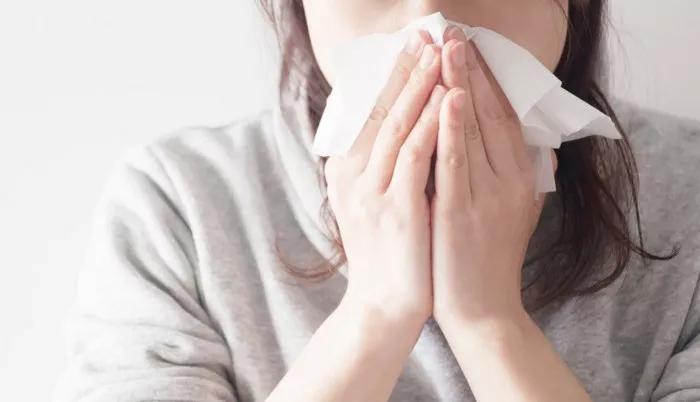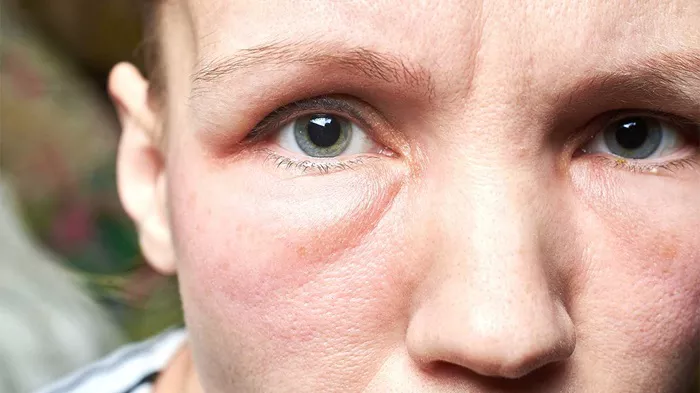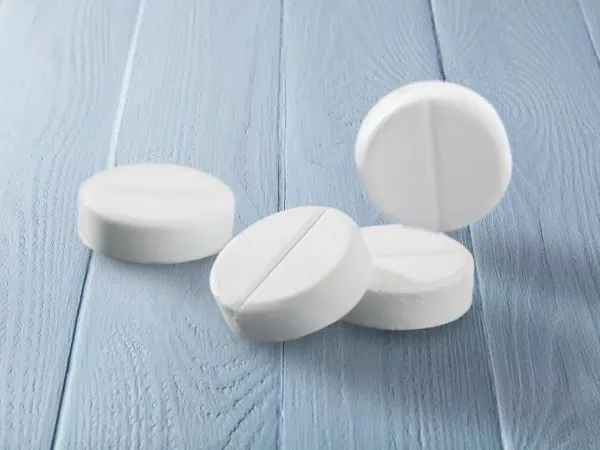An allergic reaction rash is a common skin condition that occurs when the skin comes into contact with an allergen. The rash can be itchy, red, and uncomfortable, and may even blister or ooze in severe cases. If you are experiencing an allergic reaction rash, it is important to know what to put on it to help soothe the skin and promote healing. In this article, we will discuss what to put on an allergic reaction rash and provide tips for managing this common skin condition.
Identifying the Cause of the Allergic Reaction Rash
Before you can effectively treat an allergic reaction rash, it is important to identify the cause of the rash. Common allergens that can cause a rash include certain foods, medications, insect bites, and contact with certain plants or chemicals. If you are unsure what is causing your rash, it is important to see a healthcare professional for an accurate diagnosis. Once the cause of the rash has been identified, you can take steps to avoid future exposure to the allergen.
Cool Compresses
One of the best things to put on an allergic reaction rash is a cool compress. A cool compress can help soothe the skin and reduce itching and inflammation. To make a cool compress, simply soak a clean cloth in cold water and apply it to the affected area for 10-15 minutes at a time. You can also add a few drops of lavender or tea tree essential oil to the water for added soothing benefits.
Calamine Lotion
Calamine lotion is another effective treatment for an allergic reaction rash. This over-the-counter lotion contains zinc oxide, which can help soothe the skin and reduce itching and inflammation. To use calamine lotion, simply apply a thin layer to the affected area and allow it to dry. You can reapply the lotion as needed throughout the day.
Oatmeal Bath
Taking an oatmeal bath is another effective way to soothe an allergic reaction rash. Oatmeal contains anti-inflammatory compounds that can help reduce itching and inflammation. To take an oatmeal bath, simply add one cup of colloidal oatmeal to a warm bath and soak for 15-20 minutes. You can also add a few drops of lavender or chamomile essential oil to the bath for added relaxation benefits.
Hydrocortisone Cream
If your allergic reaction rash is particularly severe, you may need to use a hydrocortisone cream. Hydrocortisone is a topical steroid that can help reduce itching and inflammation. However, it is important to use this cream sparingly and only under the guidance of a healthcare professional, as prolonged use can lead to skin thinning and other side effects.
Antihistamines
In addition to topical treatments, antihistamines can also be effective in treating an allergic reaction rash. Antihistamines work by blocking the release of histamine, a chemical that is released in response to an allergen and can cause itching, inflammation, and other symptoms. Over-the-counter antihistamines such as diphenhydramine (Benadryl) can be effective in reducing symptoms of an allergic reaction rash. However, it is important to talk to a healthcare professional before taking any new medications to ensure they are safe and appropriate for you.
Preventing Future Allergic Reactions
While knowing what to put on an allergic reaction rash is important, it is equally important to take steps to prevent future allergic reactions. This may include avoiding certain foods, medications, or other allergens, wearing protective clothing when outdoors, and using fragrance-free and hypoallergenic skincare products. If you have a history of allergic reactions, it is also a good idea to carry an epinephrine auto-injector with you at all times in case of a severe reaction.
Natural Remedies
In addition to the above treatments, there are several natural remedies that can help soothe an allergic reaction rash. These include:
Aloe vera: Aloe vera gel can help soothe the skin and reduce inflammation. Simply apply a thin layer of aloe vera gel to the affected area and allow it to dry.
Apple cider vinegar: Apple cider vinegar contains acetic acid, which can help reduce itching and inflammation. To use apple cider vinegar, dilute it with equal parts water and apply it to the affected area with a cotton ball.
Witch hazel: Witch hazel is a natural astringent that can help reduce itching and inflammation. Simply apply witch hazel to the affected area with a cotton ball.
Baking soda: Baking soda can help reduce itching and inflammation. To use baking soda, mix it with water to form a paste and apply it to the affected area.
Tea tree oil: Tea tree oil has anti-inflammatory and antimicrobial properties that can help soothe the skin and prevent infection. To use tea tree oil, dilute it with a carrier oil such as coconut oil and apply it to the affected area.
While these natural remedies can be effective in treating an allergic reaction rash, it is important to talk to a healthcare professional before using them to ensure they are safe and appropriate for you.
When to See a Healthcare Professional
While most allergic reaction rashes can be effectively treated at home, there are some cases where it is important to see a healthcare professional. You should seek medical attention if:
The rash is severe or covers a large area of the body.
The rash is accompanied by other symptoms such as difficulty breathing or swelling.
The rash is not improving with home treatment.
The rash is causing significant discomfort or interfering with daily activities.
In these cases, a healthcare professional may prescribe stronger medications or recommend other treatments to help manage the rash.
Conclusion
An allergic reaction rash can be uncomfortable and unsightly, but there are many effective treatments available to help soothe the skin and promote healing. From cool compresses and calamine lotion to oatmeal baths and hydrocortisone cream, there are many options to choose from. However, it is important to identify the cause of the rash and take steps to prevent future allergic reactions. If your rash is severe or accompanied by other symptoms such as difficulty breathing or swelling, it is important to seek medical attention immediately.
[inline_related_posts title=”You Might Be Interested In” title_align=”left” style=”list” number=”6″ align=”none” ids=”5338,5335,4835″ by=”categories” orderby=”rand” order=”DESC” hide_thumb=”no” thumb_right=”no” views=”no” date=”yes” grid_columns=”2″ post_type=”” tax=””]

































